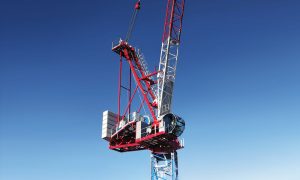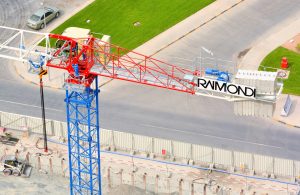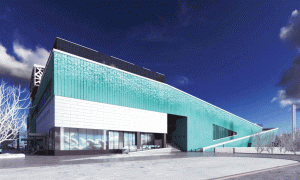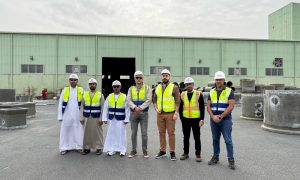Arcadia Engineering begins work on ‘The Bridge’ in Romania
Dubai-based KBW Investments acquired a 50% stake in Romania’s Arcadia Engineering in November 2014
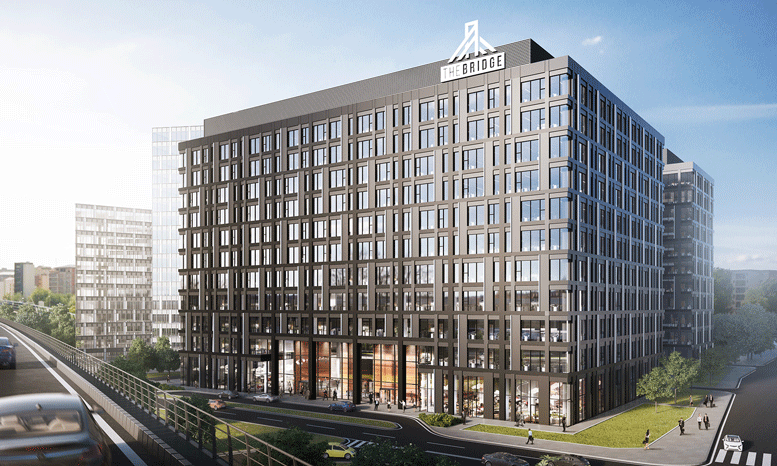
Arcadia Engineering, which is partially owned by the Dubai-based KBW Investments, has commenced work on a business park development called The Bridge in Bucharest, Romania.
According to a press release by KBW Investments, the building will have a total built surface area of 52,000 square metres. Phase one of the two-part project, which includes an 11-storey building and two underground levels, is expected to be completed by September 2017.
The project was conceptualised by real estate investment and development company Forte Partners, which in June appointed general contractor Bog’Art to work on phase one.
According to Forte Partners, The Bridge office development will provide approximately 59,500 sqm of built area of Class A office accommodation and will have a basement of approximately 23,400 sqm.
Florin Nistor Chinole, founding partner at Arcadia Engineering, said the implementation of Japanese Splice Sleeve NMB technology will help address the challenges of Romania’s Vrancea fault and other seismic zones.
“The first multi-storey building in Bucharest to be built with precast framework, The Bridge, is an efficient jobsite as the structure’s sections will be created in the factory then assembled onsite. The benefits of precast fabrication method are several, and can be felt all through the process from design stages all the way to construction and erection.
“To begin with, frames cast in the factory reduce jobsite operation time resulting in cost savings. In terms of top notch quality control, casting in situ isn’t optimal as generalist onsite workers may lack the necessary training, whereas casting in factory means that trained specialists are working with the materials. Another significant benefit of precast fabrication – that results in efficiency across both timelines and budgeting – is that it mitigates interdisciplinary collisions. Precast ensures that there is coordination of design and execution, thereby reducing the margin of human error, and potential design flaws or missteps.”
